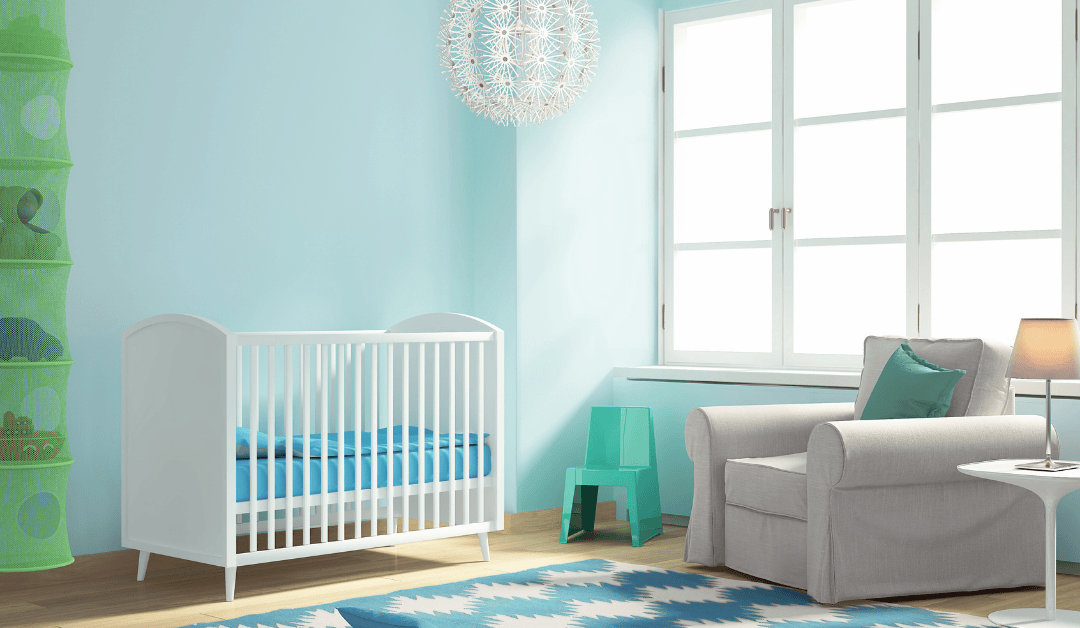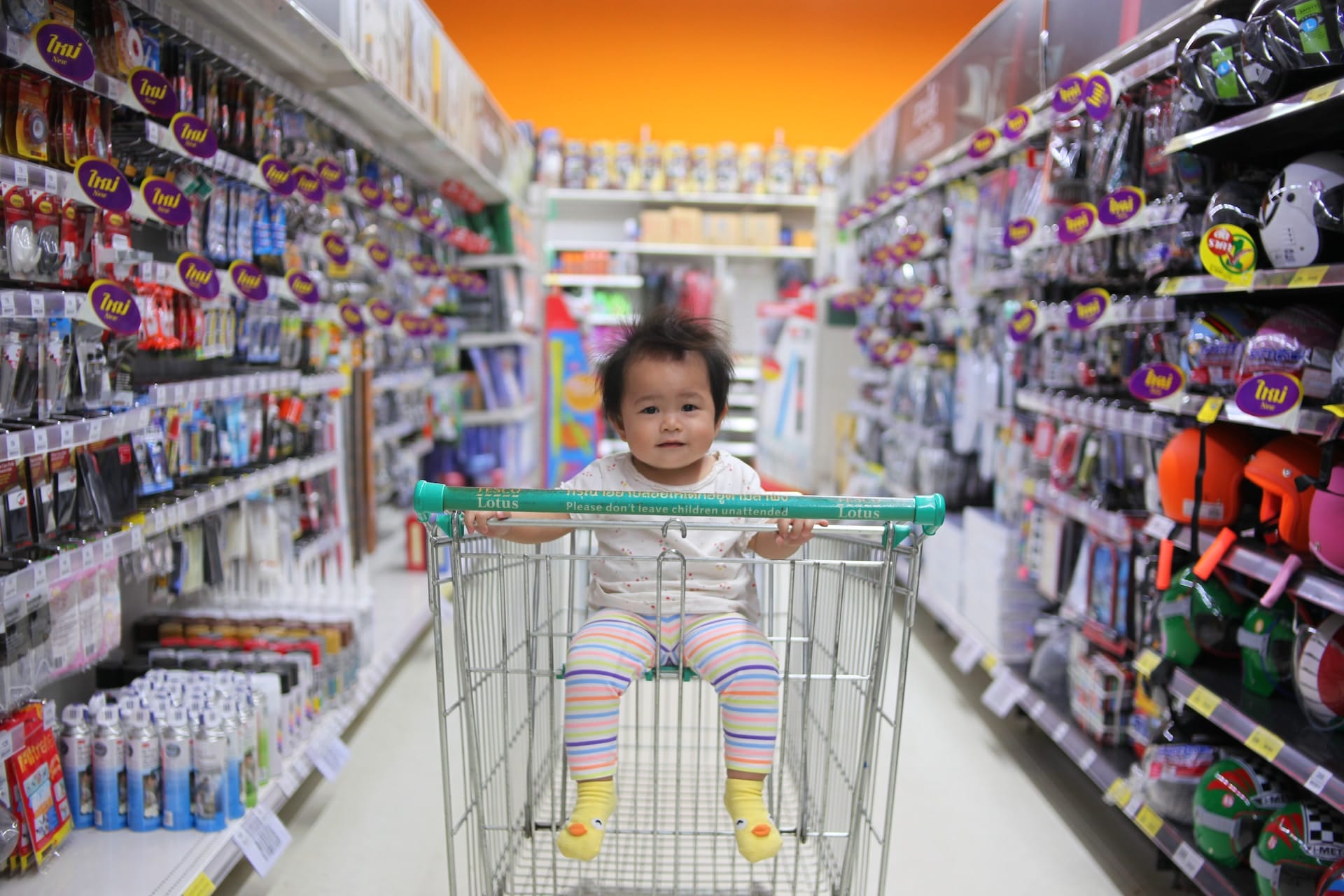Planning and designing your baby’s nursery is a huge task, but a very important one. After all, this will be your baby’s first room, and you want it to be perfect. There are many factors to consider when designating a space for your new arrival, from the colour scheme to the layout of the room.
But perhaps one of the most important aspects to consider is the nursery layout.
The layout of your nursery will play a big role in how functional and comfortable the space is. You want to be sure that you have enough room for all of the essentials, like a crib, dresser, changing table, and more. But you also don’t want the room to feel too cramped or cluttered. Finding the perfect balance can be tricky, but it’s definitely doable with a little planning and forethought.
Here are a few things to keep in mind when choosing the layout for your nursery:
Think About the Function of the Room
Functionality is key when it comes to nursery design. After all, this space needs to be able to accommodate all of your baby’s needs, now and in the future. So take some time to think about how you want the room to function. For example, will you need a lot of storage space? Or is a cosy reading nook more your style?
Once you have a good idea of the room’s purpose, you can start planning the layout accordingly. You will want enough storage for all of your baby’s things, like clothes, diapers, toys, etc. But you also don’t want the room to feel too cluttered. So it’s important to find a balance between storage and open space.
Consider the Size of the Room
The size of your nursery will obviously have a big impact on the layout of the room. If you have a large space to work with, you have a lot more flexibility in terms of furniture and layout. But if you’re working with a smaller space, you’ll need to be a bit more creative in your design.
That means utilising every square inch from the floor to the ceiling. If you have a lot of empty wall space, consider hanging shelves or adding a tall bookshelf. And if you have a small closet, use organizers.
Choose a Focal Point
Every room needs a focal point. In a nursery, the crib is usually the focal point. Once you’ve chosen your crib, you can start planning the rest of the room around it. Make sure you have enough space around the crib so that you can easily access it from all sides. You should also leave enough space for a changing table and dresser if you plan on having them.
If you’re working with a smaller space, you may need to get creative with your focal point. For example, you could use a wall mural or a large piece of artwork as the room’s centre point. Then arrange the rest of the furniture and decor around it.
Think About the Future
When planning your nursery layout, it’s important to think about the future. After all, your little one will eventually grow out of the crib and need a bigger bed. So you’ll want to make sure the room can easily be converted into a toddler or kid’s room.
One way to do this is to choose furniture that can grow with your child. For example, instead of a traditional changing table, opt for a dresser with a removable changing pad. That way, you can use it as a regular dresser when your child no longer needs a changing table.
You should also think about the room’s layout and how it can be changed as your child grows. For example, you might want to leave enough space for a bedside table and lamp if you plan on converting the room into a kid’s bedroom down the road.
Create a Cosy Space For Your Baby
Babies need a lot of rest, so you’ll want to create a cosy space for them to sleep in. Add some soft pillows and blankets, and make sure there’s plenty of light so that you can see your baby while they’re sleeping. You might also want to consider adding a glider or rocking chair so that you can comfortably feed your baby in their nursery.
Always Keep Safety In Mind
Safety is always the number one priority when it comes to nursery design. When choosing furniture and decor, make sure everything is securely anchored to the wall. And if you’re hanging any pictures or shelves, use wall anchors to prevent them from falling.
You should also keep dangerous items out of reach, like electrical outlets and cords. Keep all cleaning supplies and medications stored away in a locked cabinet. And make sure there’s nothing in the nursery that could pose a choking hazard for your little one.
It is a good idea to place your baby’s sleeping area close to the door so you can easily hear them if they wake up in the night. A Moses basket is a good option for newborns that will allow you to transport your baby around the room easily. You might also want to consider a video monitor so that you can keep an eye on your baby from another room.
Once your baby starts crawling, they will want to explore their surroundings, so it is important to childproof the nursery. Place safety gates at the doorways and make sure any potentially dangerous items are. Whichever sleeping area you choose, make sure it’s in a safe and quiet spot away from any windows or doors.
Conclusion: Important Nursery Layout Tips
With some careful planning, you can easily create a beautiful and functional nursery for your little one. Just remember to choose a focal point, think about the future, and always keep safety in mind. With these tips in mind, you’ll be well on your way to designing the perfect space for your baby.





